Haryana – Culture and Tradition
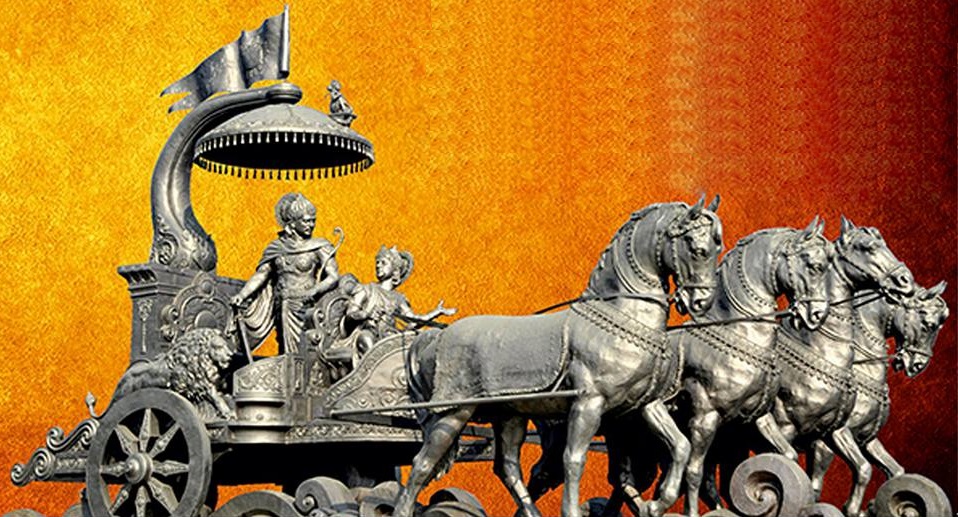
Haryana is also known as “The Home of Gods“, as Hari means god (Vishnu) and Ayana means home. Haryana is a wonderland with a vibrant and rich cultural heritage that gives visitors the feel of the Vedic period.
Haryana is one of the wealthiest states of India as it is a rich agricultural state which was a part of Punjab till 1966 and shares its borders with several states of India like Rajasthan, Delhi, Uttar Pradesh, Punjab, and Himachal Pradesh.
The state is rich in folklore. The people of Haryana have their own traditions. The age-old customs of meditation, Yoga, and chanting of Vedic Mantras, are still observed by the masses.
History
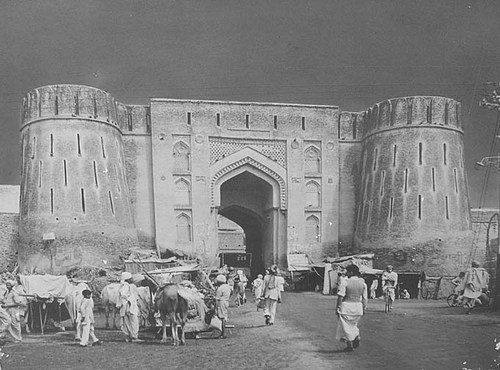
Haryana became a state of India on November 1, 1966, so 1st November is also known as Haryana day. The present-day Haryana is the region where, along with the banks of the River Saraswati, the Vedic Civilization began and matured. It was here that the Vedas were written, as the Aryans chanted their sacred Mantras. Replete with myths and legends, Haryana’s 5000-year-old history is steeped in glory. It was here that Lord Krishna preached Bhagavad-Gita at the start of the battle of Mahabharat.
It was on this soil that saint Ved Vyas wrote Mahabharat in Sanskrit. Before the Mahabharat war, a battle of ten kings took place in the Kurukshetra region in the Saraswati valley. But it was the Mahabharat War, approximately in 900 BC, which gave the region worldwide fame. Mahabharat knows Haryana as Bahudhhanyaka, the land of plentiful grains, and Bahudhana, the land of immense riches. The word Hariana occurs in a 1328 AD Sanskrit inscription kept in the Delhi Museum, which refers to the Haryana region as heaven on earth.
Excavations of various archeological sites in Haryana, like Naurangabad and Mittathal in Bhiwani, Kunal in Fatehabad, Agroha near Hissar, Rakhi Garhi (Rakhigarhi) in Jind, Sites in Rukhi (Rohtak), and Banawali in Sirsa have evidence of pre-Harappan and Harappan culture. Findings of pottery, sculpture and jewelry in sites at Pehowa, Kurukshetra, Tilpat, and Panipat have proved the historicity of the Mahabharat war. These places are mentioned in the Mahabharat as Prithudaka (Pehowa), Tilprastha (Tilput), Panprastha (Panipat), and Sonprastha (Sonipat).
Haryana has been the scene of many wars because of it being “The Gateway of North India”. As years rolled by, successive streams of Huns, Turks, and the Afghans invaded India and decisive battles were fought on this land. After the downfall of the Gupta empire in the middle of the 6th century AD north India was again split into several kingdoms. The Huns established their supremacy over Punjab. It was during this period that one of the greatest King of ancient India, Harshvardhan began his rule. He became the King of Thanesar (Kurukshetra) in 606 AD and later went on to rule most of north India. In the 14th century, the Tomar kings led an army through this region to Delhi.
Indian history is replete with tales of heroism of the highest order and in this context, the historic significance of the battles of Panipat and Kurukshetra in Haryana cannot be ignored by any means. The sacrifices of Haryana’s brave soldiers have played a very important role in maintaining the territorial and sovereign integrity of our nation. The new state which emerged as a separate political entity of the Indian Union on November 1, 1966, is considered to be the cradle of rich Indian cultural heritage. In terms of economic development too, Haryana has come a long way during the few past years.
Haryana Traditions
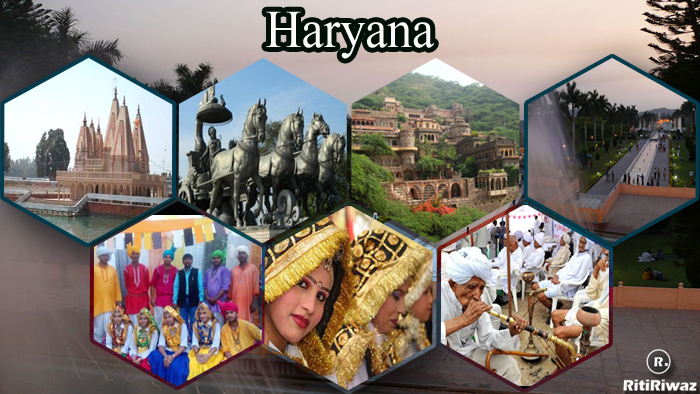
The tradition of Haryana gives equal social status, irrespective of their official or financial positions in life, have equal social status, the only criterion of superiority is age. If two Haryanavi sit on a bed the elder, even if he is a poor farmer, will sit towards the head of the bed, and the younger, even if he is a very well to do, or is a senior civil or military officer, will sit towards the foot of the bed. If men are sharing the same ‘hooka’ it is the duty of the youngest to hold the ‘hooka’ and pass it around in turn to the others. The system is thus of a very socialistic nature.
Love marriage is not accepted in Jat society which takes pride in following rigid customs so far as relationships are concerned. In Haryanvi Jat society all have an equal status in spite of the difference in financial conditions. The girl and boy from the same gotra do not enter into marriage as per Vedic Aryans tradition followed by the Jats. They give preference to get wedded in their own community. The groom and bride never come from the same village in a Haryanvi Marriage. The remarriage of widows is an acceptable norm in the Jat community. The elders are respected and all proposals are taken ahead only after their opinion is taken into consideration.
Haryanavi Language
With Hindi, Punjabi, Urdu, and English forming the main languages, there are numerous dialects that are spoken in Haryana. However, almost all of them have their base in Hindi. Sanskrit is also taught in most of the schools in Haryana. In towns and cities, English is still to be adopted as the household lingo but is spoken in a hazy mixture of Hindi.
The most striking feature of Haryana is its language itself; or rather, the manner in which it is spoken. Popularly known as Haryanvi, Bangaru, or Jatu, it is perhaps a bit crude but full of earthy humor and straightforwardness. With rapid urbanization, and due to Haryana’s close proximity to Delhi, the cultural aspects are now taking a more modern hue.
Haryana Costumes
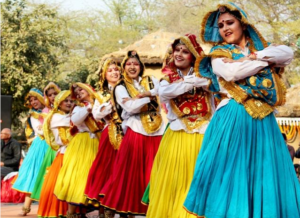
Women love to wear colorful dresses. Their basic trousseau includes ‘Damaan’, ‘Kurti’ & ‘Chunder’. ‘Chunder’ is the long, colored piece of cloth, decorated with shiny laces, meant to cover the head and is drawn in the front like the ‘pallav’ of the saree. Kurti is a shirt like a blouse, usually white in color. The ‘Daaman’ is the flairy ankle-long skirt, in striking colors.
The men generally wear ‘Dhoti’, the wrap-around cloth, tucked in between the legs with a white-colored kurta worn atop it. ‘Pagri’ is the traditional headgear for men, which is now worn mainly by the old villagers. All-white attire is a status symbol for men.
Suggested Read: Traditional Dresses Of Indian States
Haryana Cuisines
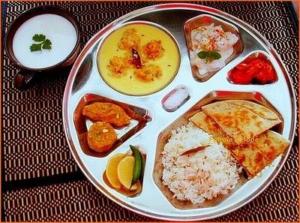
Haryanvi cuisine is like the people of Haryana – simple, earthy, and inextricably linked to the land. In Haryana, the emphasis is on food that is wholesome, fresh, and prepared with little or no fuss at all.
Their staple food is wheat or bajra so it is ‘Land of Rotis, vegetables and plenty of milk and ghee. Fresh vegetables are taken daily. Pethe ki subji is made on special occasions. The most relished dishes are Raabri and Bajre ki khichri with lassi. Teet ka achar is a pickle made of Kair tree.
Some of the popular Haryana cuisines are Singri ki sabzi, Kachri ki Sabzi, Methi Gajar, Mixed Dal, Hara Dhania Cholia, Kadhi Pakora, Tamatar Chutney, Bathua Raita, Khichri, Mithe Chawal, Besan Masala Roti Makhan, Bhura Roti Ghee, Bajra Aloo Roti Makhan, Churma, Kheer, and Malpuas. Saag (a veggie preparation) is common as are milk, curd, and buttermilk.
Suggested Read: Famous Food Of Indian States
Haryana Music and dance
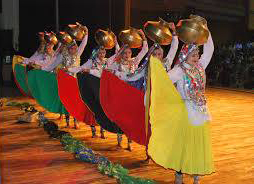

Haryana has a rich tradition of dances for various occasions (weddings, festivals, etc.) and seasons (harvest, sowing of seeds, monsoon, etc.). Haryana has a much rich variety of folk dances, The Dhamal dance reminds us of the Bhangra of Punjab, some of the other forms of Folk dances of Haryana are Khoria Dance, Saang Dance, Chhath Dance, Khoria Dance, Ghoomar Dance, Ras Leela, Jhumar Dance, and Loor dance.
The folk music of Haryana has been spread by the Bhats, Saangis, and Jogis. Music is made using many traditional instruments like Sarangi, Harmonium, Chimta, Dhadd, Dholak, Manjeera, Khartal, Damaru, Duggi, Daf, Bansuri, Been, Ghungroo, Dhak, Gharha (by adding rubber cover on top of the pitcher), Thali (beaten with a stick to make music) and Shankha.
Famous tourist attractions
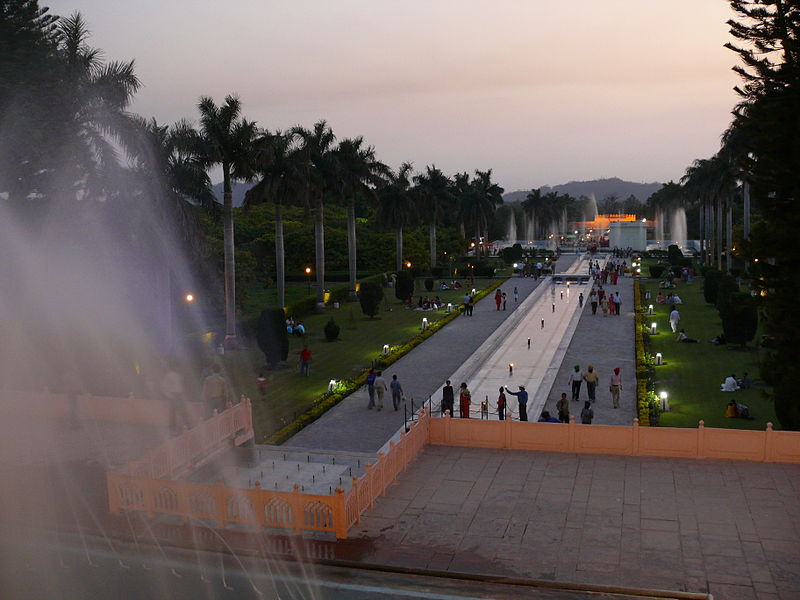
Hotel Rajhans (Surajkund) and Badkal Lake are on the Delhi Agra highway. Karna Lake (Karnal), Skylark, Parakeet, and Kingfisher (Ambala) are on the Delhi-Chandigarh highway. Yadavindra Gardens at Pinjore, on the Chandigarh Shimla road, are a must-see. Panchkula district has the Morni Hills – the only hill station of Haryana.
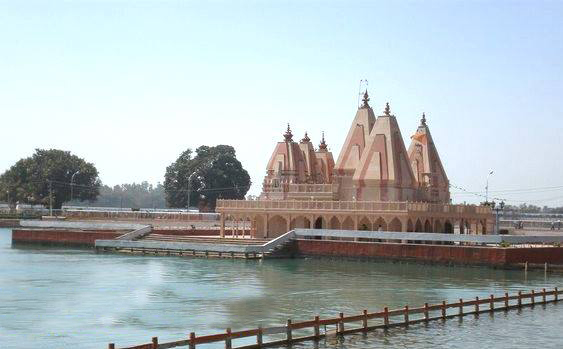
The Delhi-Alwar highway boasts of a unique hilly attraction Sohna, in the Gurgaon district. Surkhab (Sirsa) and Flamingo (Hissar) complexes are on the Delhi-Fazilka national highway. Kurukshetra is a great pilgrimage for Hindus and tourists from all over visit the venue of the Mahabharat war and the birthplace of the Bhagavad Gita.






